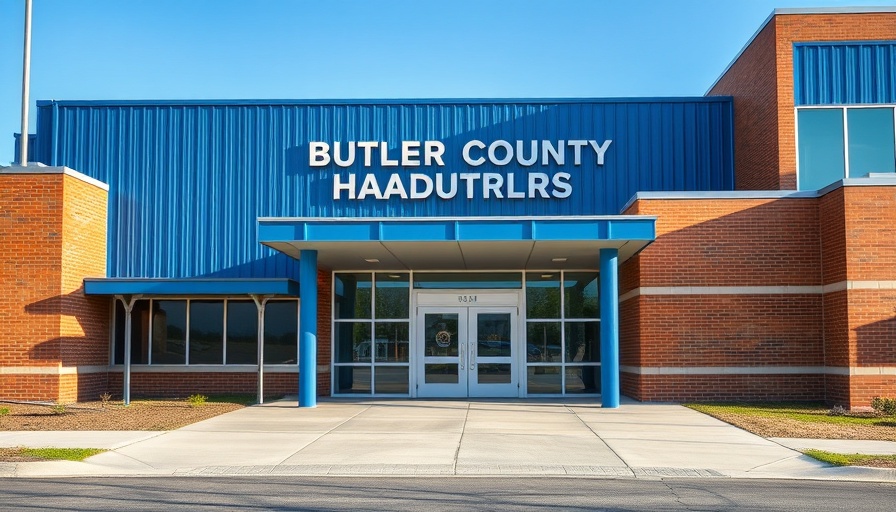
Butler County Settles Injustice: $1.2 Million Payout for Unlawful Detention
The recent settlement of $1.2 million in Butler County is making headlines, but it’s more than just a financial resolution; it's a reflection of systemic issues within the local judicial system. Around 500 individuals, including Anselm Caddell and Caleb Lawson, brought attention to how they were held in Butler County Jail for extended periods—often more than 48 hours—before being seen by a judge, violating their rights.
The Legal Struggle
The lawsuit, originating in 2019, was spearheaded by Caddell and Lawson after they experienced their own prolonged detentions. One individual reported being held for five days without being able to post bond or appear in court. This scenario was not an isolated incident; many others experienced similar or even worse conditions, creating a troubling narrative that underscores the need for judicial reform. Attorney Carl Lewis, who analyzed the case, highlights that such delays can’t be justified. As he remarked, "Justice delayed is justice denied," emphasizing the emotional and mental toll these experiences take on individuals who are presumed innocent until proven guilty.
Behind the Numbers: Stories of Lives on Hold
Each delayed court appearance represents more than a statistic. It's a story of lost time, emotional distress, and a painful reminder of the legal system's failures. People who find themselves entangled in such circumstances risk losing jobs, facing family strain, and suffering personal humiliation. According to Lewis, even minor offenses, including petty theft or driving violations, warrant re-evaluation of the processes in place, asserting that not all cases require arrests.
Shifts in Court Procedures: A Step Toward Justice
In response to the outrage stemming from this lawsuit, changes in court procedures have been instituted, ensuring that hearings occur within 48 hours of arrest. This initiative marks a significant step toward rectifying the injustices of the past, as highlighted by newly appointed Judge Zachary Zoz, who assumes office on March 31, 2025.
Exploring Technological Solutions for Modern Justice
The utilization of virtual technology in judicial settings could offer more accessible and prompt hearings for minor offenses, presenting an innovative avenue that could alleviate the burden on individuals who face delays. Lewis advocates for reviewing cases with a keen focus on individual circumstances, balancing public safety with humane treatment.
Cultural Implications: Community Response
This settlement is a turning point for Butler County, yet it evokes broader implications regarding detainment practices across the nation. As citizens grow increasingly aware of their rights, the necessity for transparent and just legal processes comes to the forefront. Communities are urged to reflect on their judicial practices and champion reforms that uphold the dignity of every individual.
Conclusion: A Call for Community Vigilance
As Butler County residents witness the impact of this class action lawsuit, it's essential to remain engaged in local governance and advocate for continuous reform. This case serves as a reminder of the struggles many face within the judicial system and the critical need for community awareness and activism. Let's not let justice be delayed; we must strive for a system that respects the rights of every individual.
 Add Row
Add Row  Add
Add 




Write A Comment